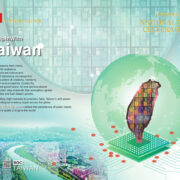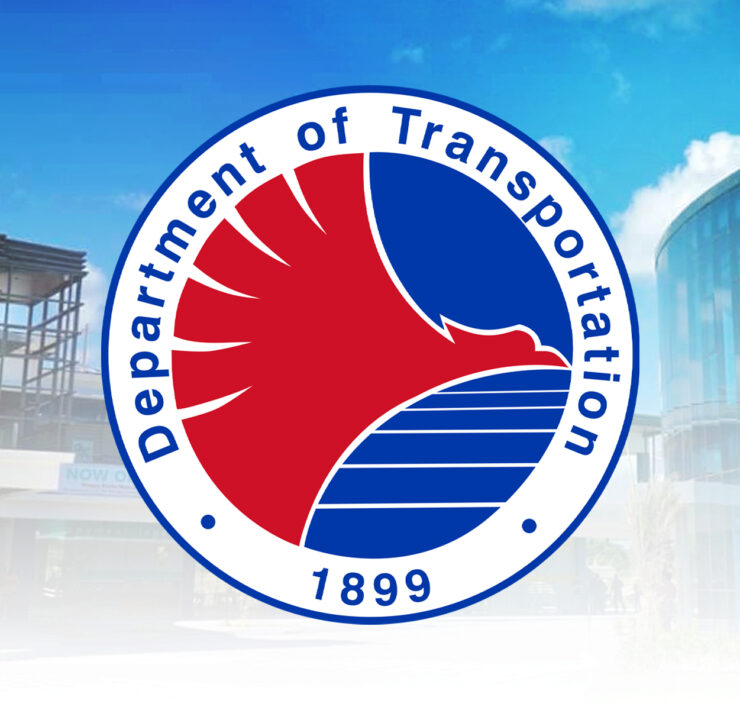Supply chain woes push back Bulacan airport completion to ’28

San Miguel Corp. (SMC) has pushed back the completion of its P740-billion New Manila International Airport (NMIA) in Bulacan by a year to 2028, due mainly to difficulties sourcing sand. SMC president and CEO Ramon Ang told reporters last week that there was a scarcity of sand, explaining the industry has been having a hard time sourcing this construction material since the government stopped the Manila Bay reclamation.
“We are working closely with the government to allow us to get some [sand],” Ang said.
Given the delay in construction, Ang estimated that the project cost would rise by “hundreds of million dollars” as a result. Nevertheless, SMC is determined to complete the project.
Dutch support
In 2022, the Dutch government, through financial institution Atradius Dutch State Business (DSB), approved an export credit insurance (ECI) for the project.
The ECI—a financial coverage against the risk of nonpayment by a foreign buyer on products and services—was extended to Dutch dredging and heavylift company Royal Boskalis Westminster N.V., which San Miguel tapped for the land development works of the airport project.
Work on the airport project situated 35 kilometers north of Metro Manila began in 2019 following the signing of the 50-year concession agreement between the Department of Transportation and SMC.
Under the deal, SMC is responsible for the financing, design, construction, supply, completion, testing, commissioning and operation and maintenance of the airport.
The Bulacan airport project is expected to accommodate up to 100 million passengers annually at full capacity. It is designed to have four parallel runways, a terminal and an interlinked infrastructure network that includes expressways and railways. SMC is working on the Bulacan airport in parallel with its group’s scheduled takeover of the operations and maintenance of Ninoy Aquino International Airport next month.
The consortium vowed to focus first on repairing the elevators, escalators, toilets and air -conditioning units. It intends to place self check-in counters and a better baggage handling system to improve travel experience.
The group also plans to build a new passenger terminal building with an annual capacity of 35 million passengers. It will rise at the site of the Philippine Village Hotel, an abandoned hotel owned by Manila International Airport Authority, in Pasay City.





















